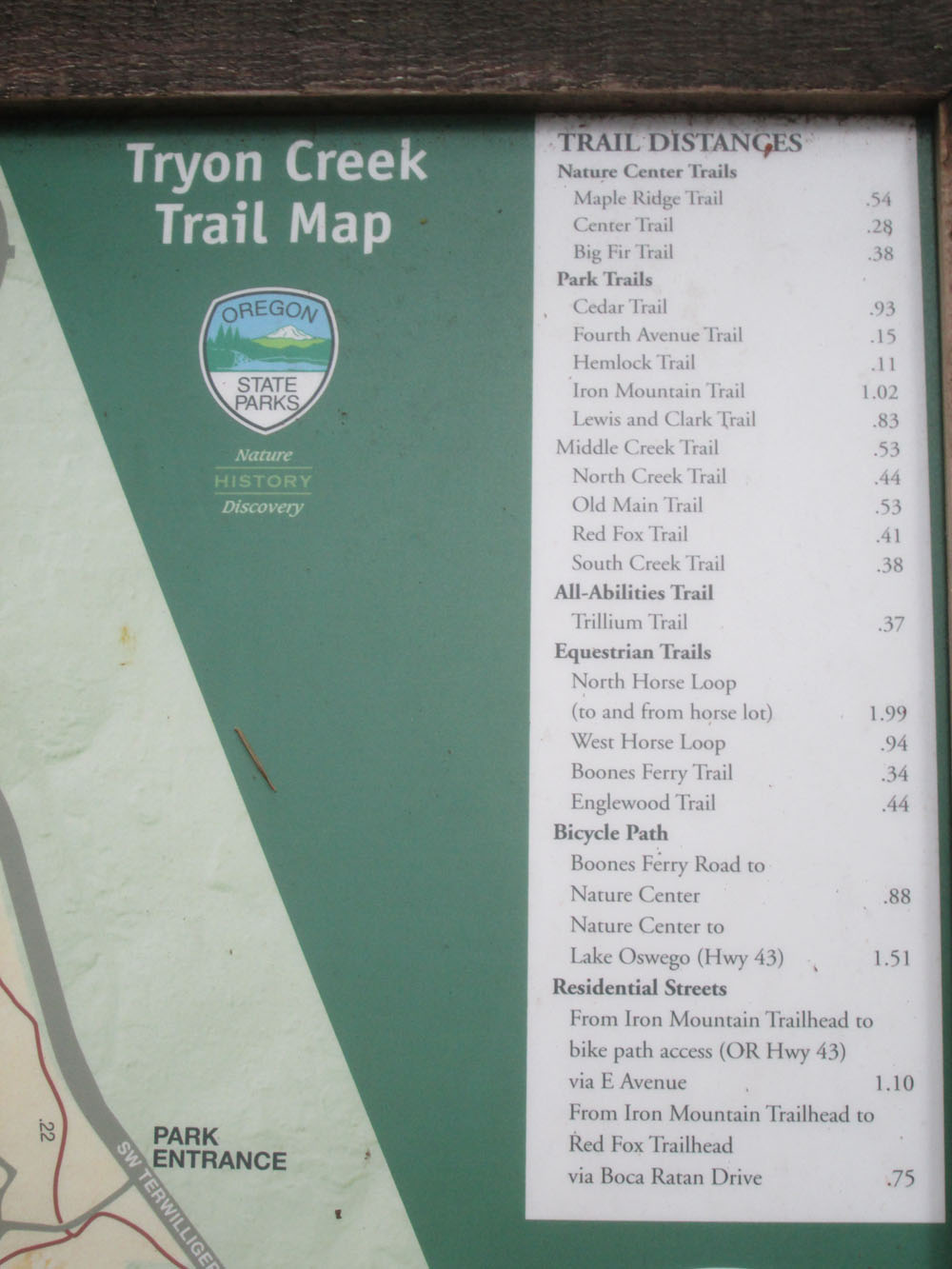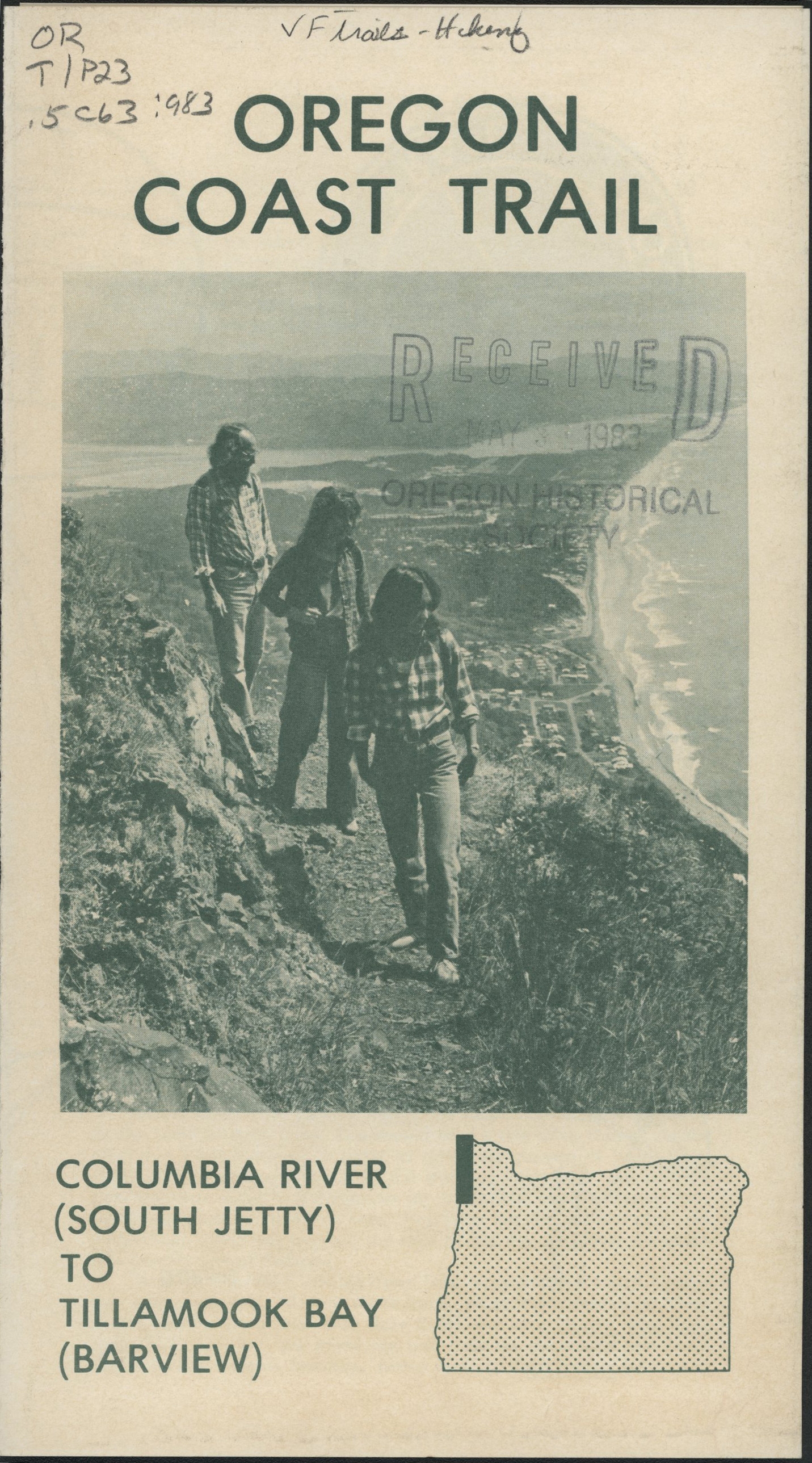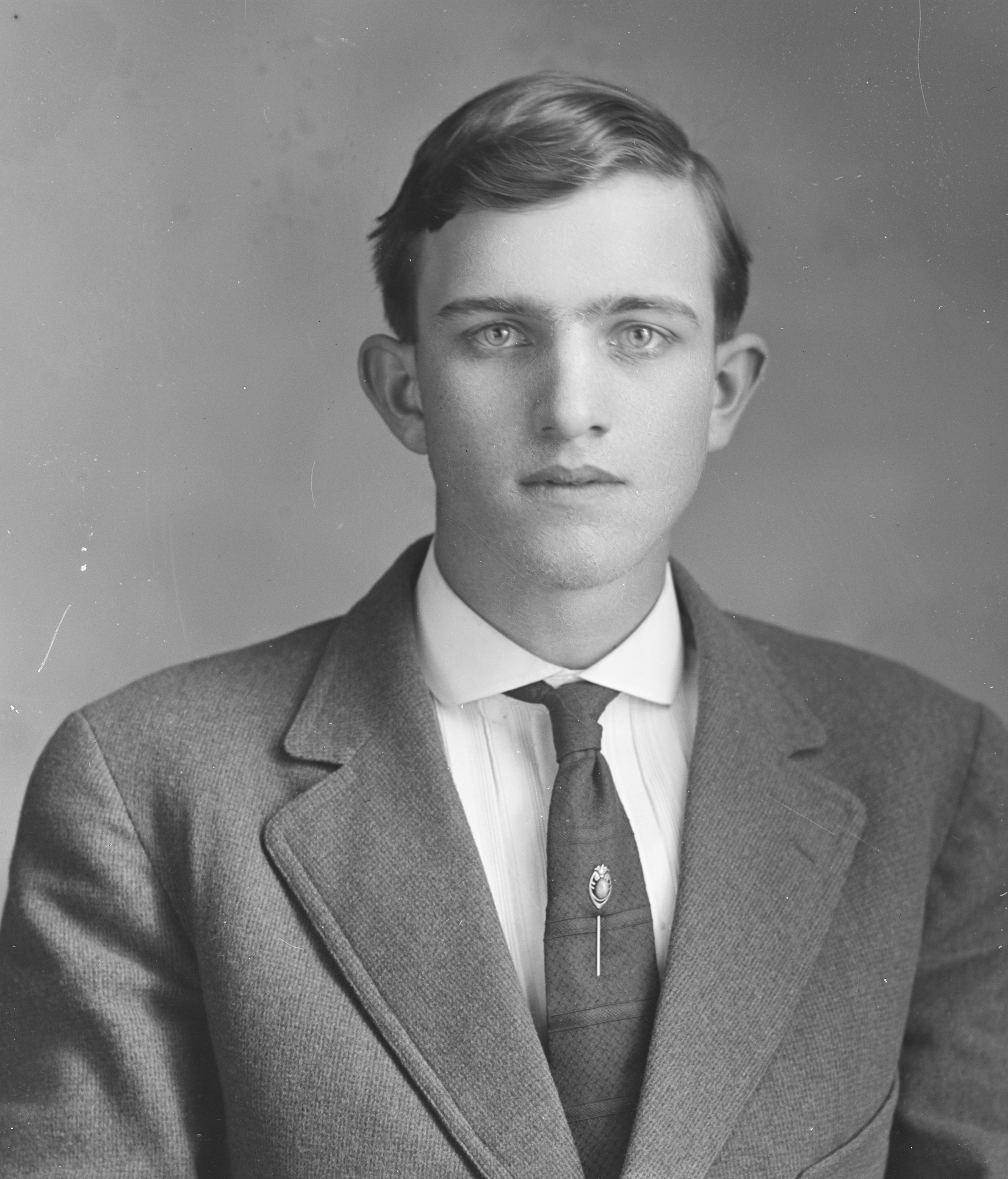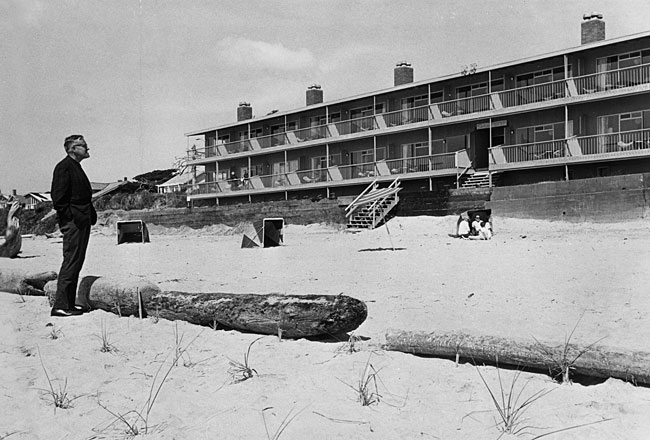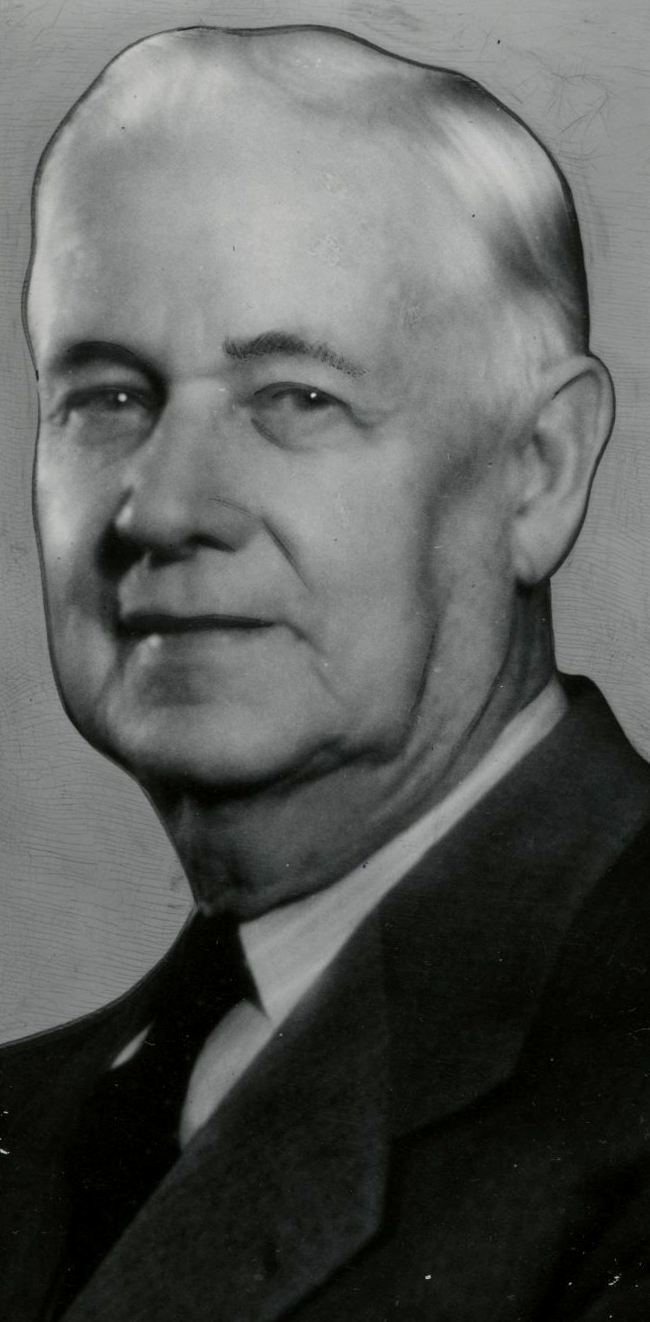David G. Talbot has the distinction of being the longest serving head of the state parks in Oregon, from 1964 until 1992. During his tenure, the state parks organization underwent dramatic changes, assuming new responsibilities and dealing with escalating visitation to the parks. Although he faced some severe budgetary challenges, Talbot professionalized much of the state park workforce and led efforts to increase public access to coastal beaches and the Willamette River.
Born in Oakland, California, Talbot spent most of his youth in Grants Pass. Growing up with a love of the outdoors, he earned a degree in parks and recreation administration from the University of Oregon. After graduation, he returned to Grants Pass to be director of parks and recreation. He left that post in 1962 to become state recreation director.
The department, housed in the state parks organization, focused on assisting Oregon cities and counties that were beginning their own parks and recreation departments. By December 1964, when Talbot was named superintendent of Oregon State Parks, he had earned the first master’s degree granted by the University of Oregon in parks and recreation administration.
The beginning of his tenure as superintendent coincided with an era of increased public investment in outdoor recreation at all levels of government. This translated into funds for land acquisition and development in Oregon's state parks, spurred by escalating annual visitation that increased from four million in 1950, to nine million in 1955, and to sixteen million in 1965.
With support from the legislature and Governor Tom McCall, who had signed the Beach Bill in 1967, Talbot and his staff devoted much of their attention to obtaining new state parks along U.S. Highway 101 in order to provide public access to Oregon's beaches. Talbot also played a key role in an effort to build and protect the Willamette River Greenway and facilitated the state parks’ purchase of frontage on the lower Deschutes River.
The state parks organization took on new responsibilities under Talbot, including protecting scenic waterways, promoting and planning recreational trails, and implementing a historic preservation program. The organization underwent a transition from being an arm of the state highway department when Talbot arrived to attaining equal status with highways under a new transportation department. Full separation finally came in 1989, when the legislature created a separate parks and recreation department.
At the time of his retirement, Talbot was the longest serving state park director in the United States. His ability to survive through shifting political and budgetary climates was tied to his interest in finding common ground among people who recognized the necessity of providing recreational opportunities for a growing population. As one of only three people from Oregon who received the Pugsley Medal, a national award honoring champions of parks and conservation, Talbot was recognized in 1990 for his outstanding contributions to public parks in the United States.
-
Tryon State Park trail list.
Tryon State Park trail list Courtesy of Gerald W. Steele.
-
![]()
Map of the Oregon Coast Trail, c.1983.
Courtesy Oregon Hist. Soc. Research Lib., ORTIP23.5c63, vertical file Trails-hiking
-
![]()
Oregon Coast Trail pamphlet, c.1983.
Courtesy Oregon Hist. Soc. Research Lib., ORTIP23.5c63, vertical file Trails-hiking
Related Entries
-
![Chester H. Armstrong (1892-1973)]()
Chester H. Armstrong (1892-1973)
By writing a history of the state park system in 1965, Chester H. “Chet…
-
![Oregon Beach Bill]()
Oregon Beach Bill
Oregonians struggling to maintain public access to Pacific Ocean beache…
-
![Samuel H. Boardman (1874-1953)]()
Samuel H. Boardman (1874-1953)
As the first state parks superintendent in Oregon, serving from 1929 to…
-
![Senate Bill 10]()
Senate Bill 10
The enactment of Senate Bill 10 in 1969 was a crucial step on the path …
-
![US 101 (Oregon Coast Highway)]()
US 101 (Oregon Coast Highway)
Many places on the Oregon coast were virtually inaccessible in the earl…
Map This on the Oregon History WayFinder
The Oregon History Wayfinder is an interactive map that identifies significant places, people, and events in Oregon history.
Further Reading
Cox, Thomas R. The Park Builders: A History of State Parks in the Pacific Northwest. Seattle: University of Washington Press, 1988.
Crompton, John L. Twentieth Century Champions of Parks and Conservation: The Pugsley Medal Recipients, vol. II. Urbana, Ill.: Sagamore Publishing, 2008.

